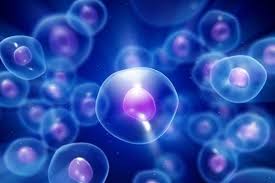Scanning Nano Lithography (PhD in Nano-Microelectronics)
Researcher and author: Dr. ( Afshin Rashid)
Note: Scanning Nano Lithography enables the original or improved nano-pattern in applications ranging from quantum technology to materials science.
In particular, ultra-fast and highly localized surface heat treatment can be achieved through a sharp heating tip to create high-resolution patterns. Many potential applications of nanoscale variations with thermal probes such as Scanning Nano Lithography are still applicable in nanoelectronics, especially when extremely high heating and cooling rates can be used. Many microsystems and nanosystems require precise nanoscale patterns that exhibit intrinsic performance, such as some electronic, photonic, chemical, and mechanical properties. To make these nanoscale patterns, electron beam lithography is the most common lithographic technique without direct writing and without mask.Scanning Nano Lithography requires complex electron-compatible light to focus the electron beam at a point a few nanometers away. Another issue is electron scattering, a kind of proximity effect on the sample surface, which leads to exposure to additional undesirable resistances that must be corrected by intensive computational algorithms. Scanning Nano Lithography is another method of direct nano-lithography writing, in which patterns are created by scanning a nanometer-sharp spot on a sample for local variation. Sample and sample interactions are numerous and can include mechanical, electrical, diffusion, and thermal effects.
Because nano-optical devices are manufactured using wafer-based processes developed in semiconductor fabrication, this provides flexible sharing capacity in production capacity and supports high-volume production capacity. . Some materials can create regular, nanoscale structures in well-controlled conditions - self-assembly. The problem with this approach is the inflexibility of achievable structures and usable materials that limit achievable performance. The advantages of this technique include wide patterns, simplicity, good resolution and the ability to combine with other lithographic techniques. On the other hand, this technique creates problems due to the limited forms available for patterned applications, the arrangement of nanoparticles and the existence of point defects.
Conclusion :
Scanning Nano Lithography enables the original or improved nano-pattern in applications ranging from quantum technology to materials science.
Researcher and author: Dr. ( Afshin Rashid)
PhD in Nano-Microelectronics




